See No Evil - The Journey
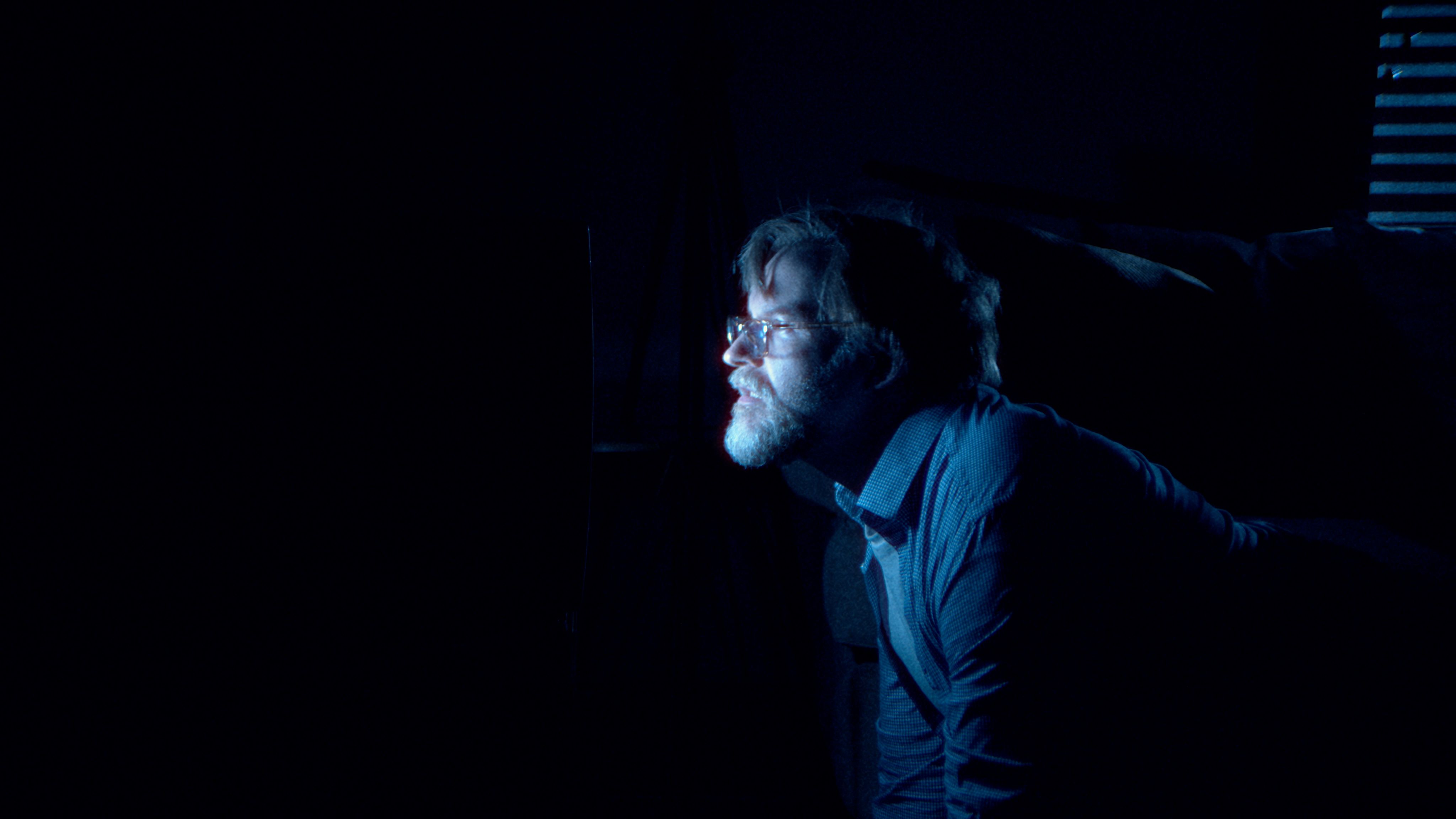
We experience our day-to-day lives in story mode.
From a walk through the park to an argument with a family member—from a shared win to a bitter loss, whatever the case, life events are experienced as plot points.
They make you, you.
Some people, more than others, have experienced the same pattern of stories—stories worth investigating. Stories, as researchers, we’ve already told.
Stories we can tell through narrative.
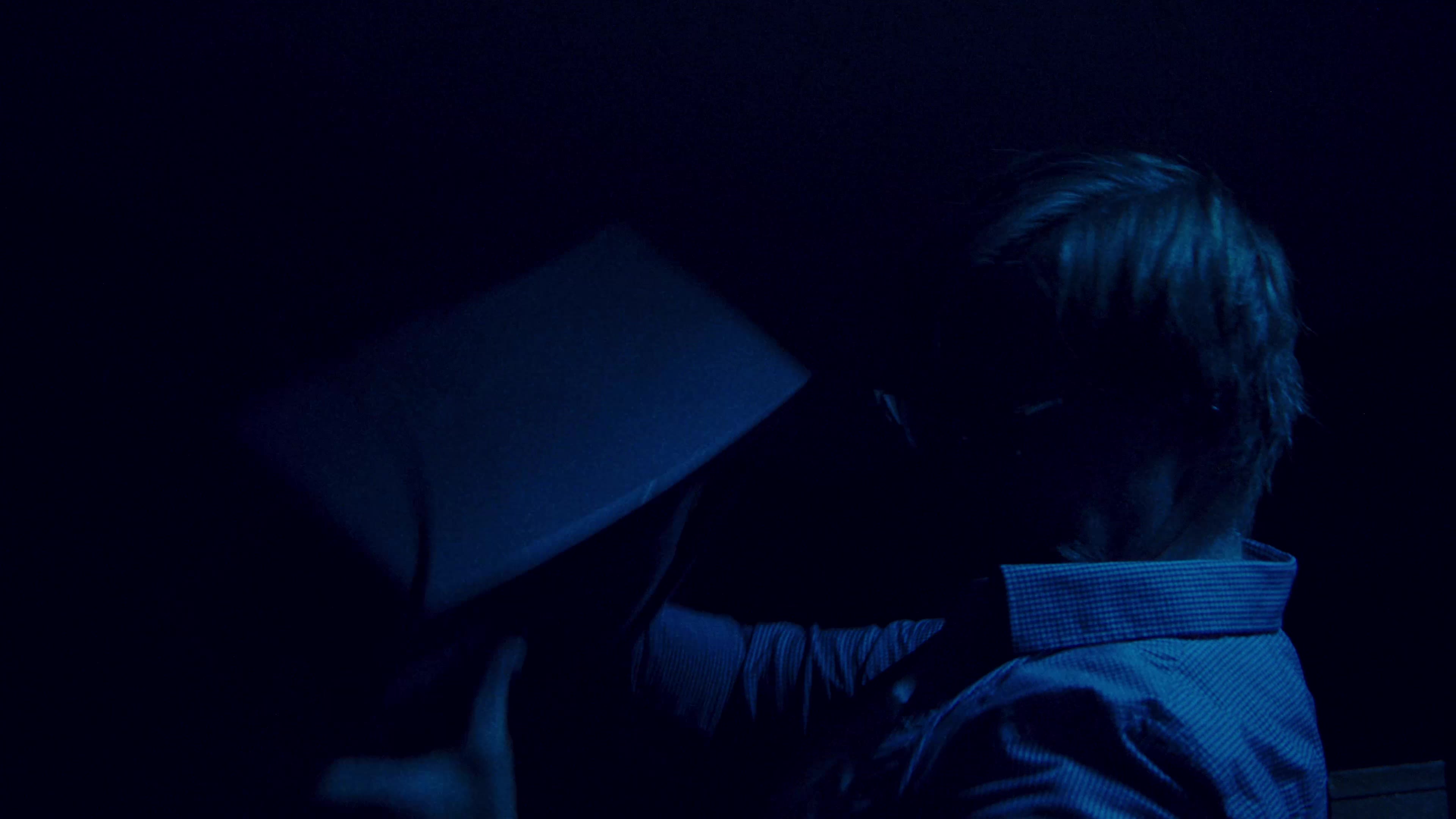
Five years ago, storytellers and neuroscientists both found that:
“The brain creates a world for us to live in and populates it with allies and villains. It turns the chaos and bleakness of reality into a simple, hopeful tale, and at the center, it places its star – wonderful, precious me – who it sets on a series of goals that become the plots of our lives.”
~Will Storr's, The Science of Storytelling

So, with that in mind, from young and old to every racialized group and sexuality on the spectrum, it should come as no surprise that the people in our research cohorts experience their lives in colorful little stories in which they are the main characters.
But they’re not stuck behind some black mirror. They are actively living these lives. Actively undergoing these traumas and triumphs.
As researchers, we thought their stories were important enough to research, and now they are just as important to tell.
What better way to engage the people than to disseminate research using the lens they already view themselves in—as characters?
Our traditions are slowing our ability to propel our works forward into general audiences, into lawmakers' hands, and into the future idealist and researcher hands.
We need to get it into their phones, TVs, and streaming apps.
Well, why not do just that?
You can forget a paywall. Forget schmoozing. Forget pandering.
You can release your research.
You can start a conversation.
See No Evil, the Marvin Grey Matter Family, and Paris Adkins-Jackson, PhD, MPH
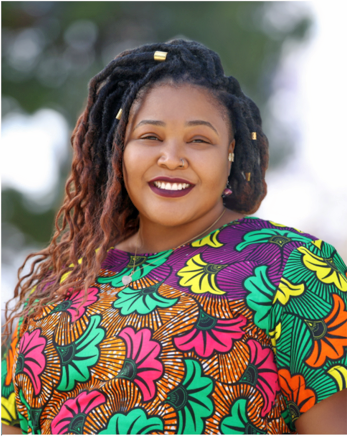
Paris "AJ" Adkins-Jackson, PhD, MPH (Marvin Grey Matter Family)
Executive Producer
Paris “AJ” Adkins-Jackson, Ph.D., MPH, is an Assistant Professor in the Departments of Epidemiology and Sociomedical Sciences at the Mailman School of Public Health. AJ completed her Bachelor of Arts in Journalism (newsprint) at Humboldt State University, her Master of Arts in Anthropology (gender, ecology, & society) at the California Institute of Integral Studies, her Master of Public Health (applied biostatistics & epidemiology) at Claremont Graduate University, and a Doctor of Philosophy in Psychometrics (multilevel models) at Morgan State University. She completed her postdoctoral studies in African American Studies and Community Health at the University of California at Los Angeles, in Neurology at Massachusetts General Hospital, and a fellowship in bioethics at Harvard Medical School.
AJ is a multidisciplinary community-partnered health equity researcher investigating the impact of structural racism and other structural determinants on healthy aging for historically marginalized groups like those racialized as Black and Pacific Islander.
She works with the Marvin Grey Matter Family research group and currently studies the role of life course adverse community-level policing on well-being, cognitive function, and biological aging for older adults racialized as Black and LatinX. She also applies an anti-racist framework to test the effectiveness of art-based interventions and multisector partnerships to increase community health and institutional trustworthiness. AJ is an HBCU alumna and a board member of the Society for the Analysis of African American Public Health Issues.

Keenan Elijah Dailey, MFA
Director, Producer, Editor
For over the past 15 years, Keenan Dailey, MA, has been a multidisciplinary afrofuturist artist and designer. His work focuses on disenfranchised and marginalized communities. Using empathic systems thinking, he looks to dismantle mechanisms of oppression that work to destroy those same communities. He plans to forge harmonious design solutions to help ease and eventually end these communities' suffering. He earned his Bachelor's of Fine Arts in Graphic Design and Master's of Fine Arts in Graphic Design. For 10 years, he worked as a filmmaker and documentarian before launching his studio, Visage Entertainment (visagearts.com).
He has a diverse portfolio, ranging from digital and print graphic design, 2D and 3D Motion Design, HTML-CSS-JS to narrative filming, directing, executive producing, scoring and editing. Ultimately, he wants to use his artistic voice in conjunction with his design efforts to share catharsis with those populations who ordinarily wouldn't have the opportunity to express trauma.
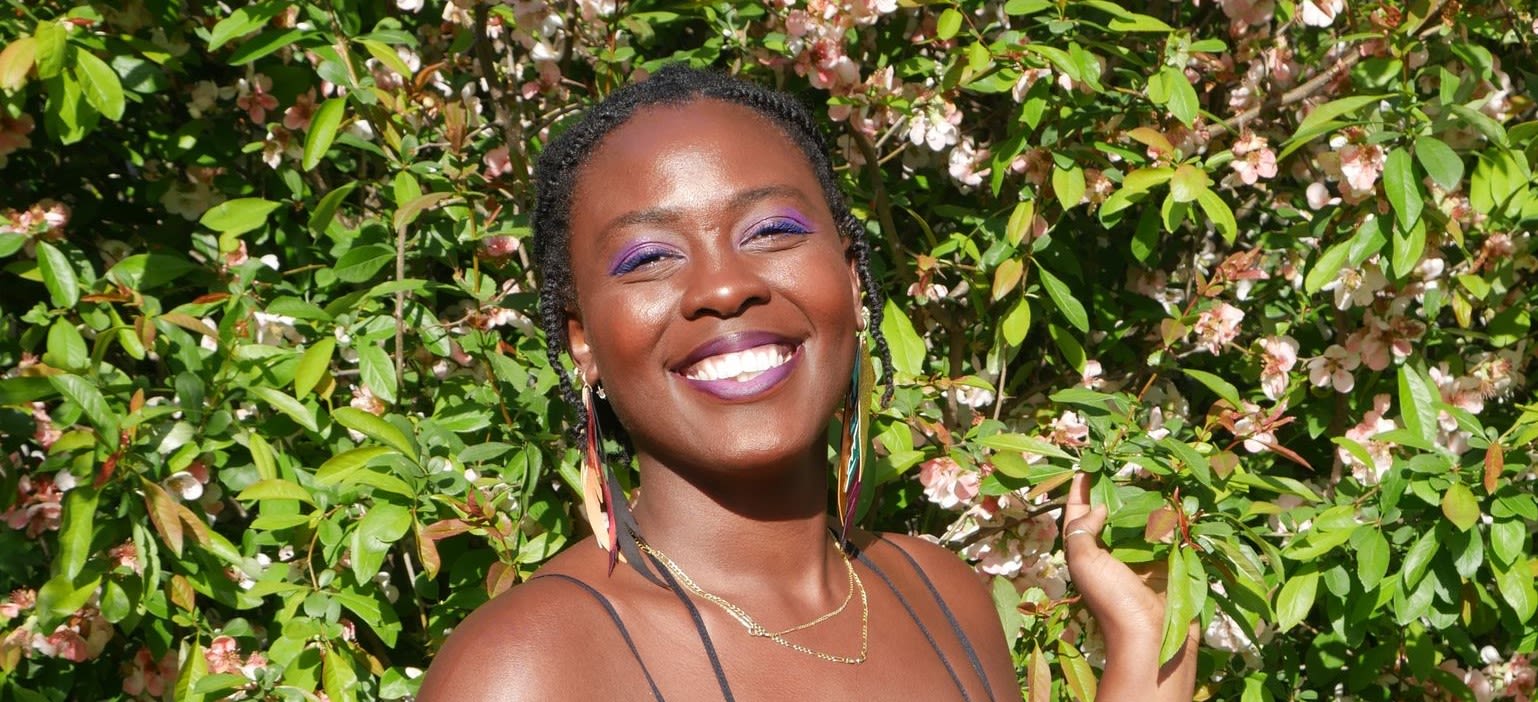
Gertrude "Trude" Namara, MS
Writer, Producer
Trude Namara, MS, is a Ugandan-American afro-futurist and magical realism writer with over a decade of experience in entertainment. Her work animates unheard, controversial topics of human philosophy through Ankole metaphysical storytelling. She has a Bachelor's degree in Molecular and Cellular Biology, a Bachelor's in Spanish Language from the University of Illinois Urbana-Champaign, and a Master's in Science Writing from Johns Hopkins University.
She is certified by the University of Cambridge and the University of British Columbia as a Copy Editor, Editor, and Content Writer. From the University of Cambridge, she is also certified in Writing for Performance, Media, Entertainment and Business.
From writing plays to books, TV shows and movies, she is deeply enamored with the power of creation and its ability to germinate compassion and logic. In her mind, she looks forward to pursuing knowledge and growth so she can cultivate and effectively communicate this love.
We strongly believe that the best way to create rich and true characters full of narrative surprise is to find out how characters operate in real life—and as Storr found, that means turning to science.
Enter Paris "AJ" Adkins-Jackson.
As storytellers, we had already been looking forward to partnering with a researcher—she, through the Marvin Grey Matter Family research group, was a match made in heaven.

AJ approached us with one goal in mind.
Turn
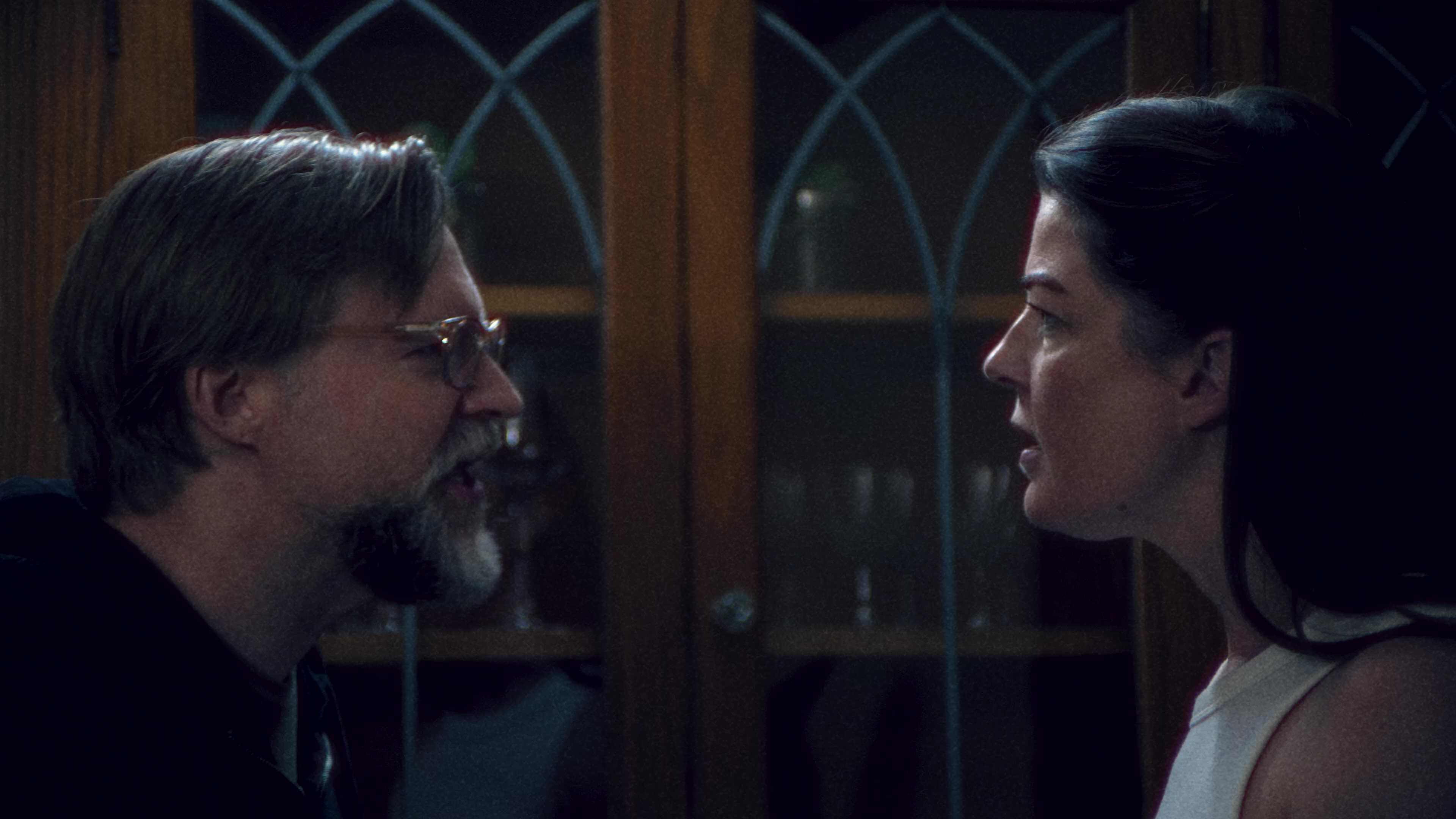
Her

Research
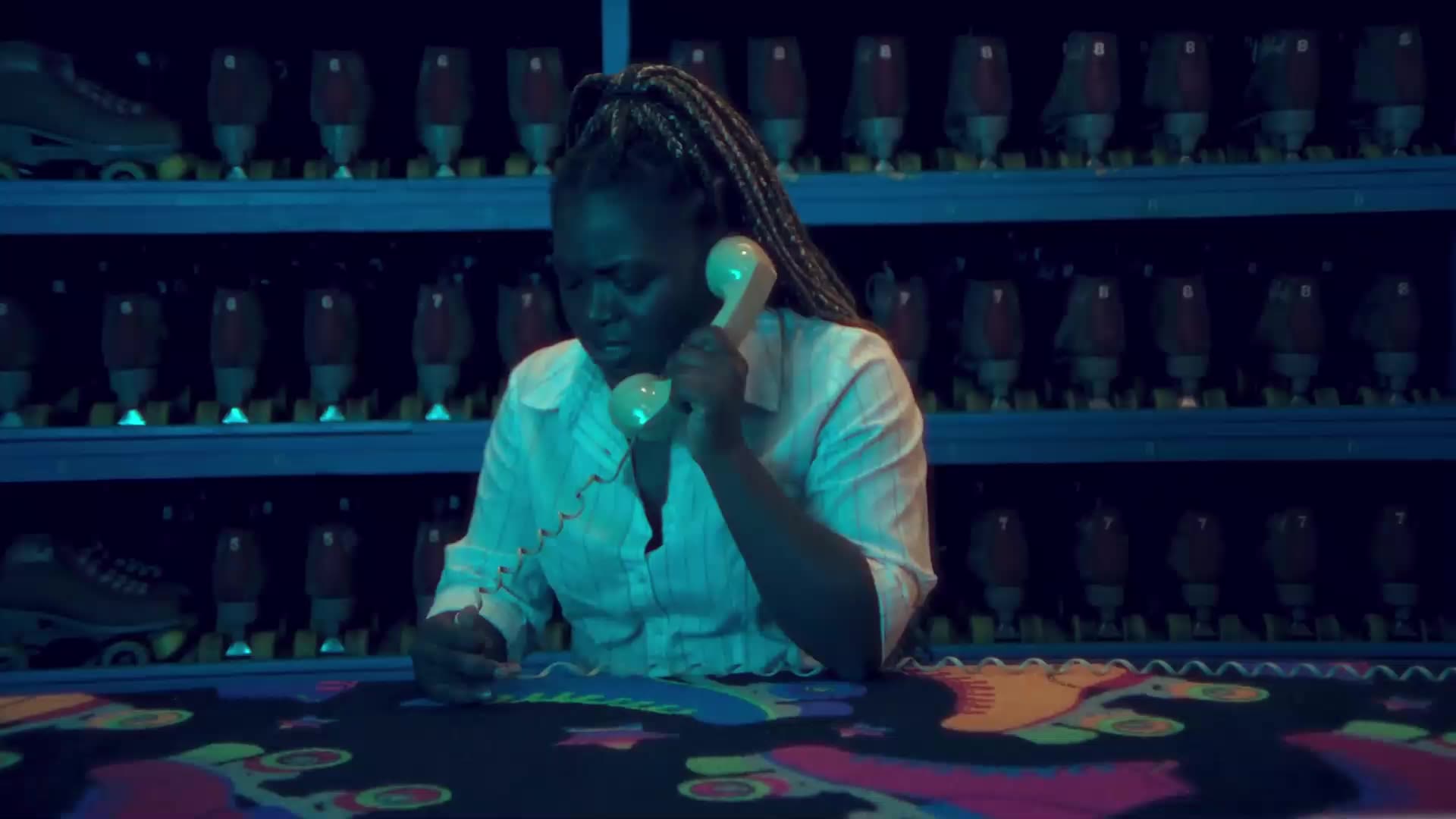
Into

Art
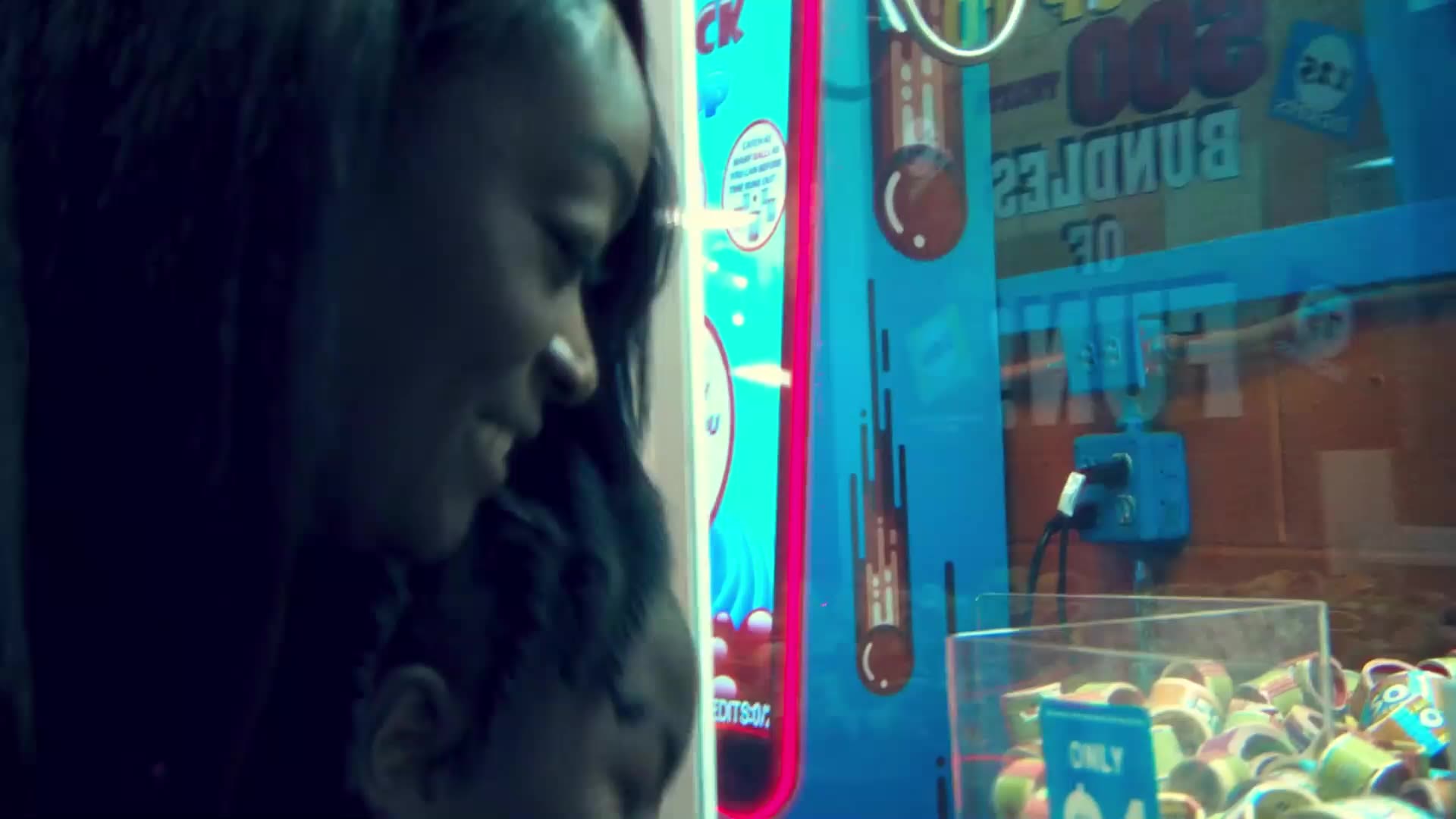
AJ explored how structural racism impacts aging for older adults racialized as Black.
In the research that inspired See No Evil, AJ and the Marvin Grey Matter Family focused on the cognitive impact of the 1994 Crime Bill, a decades-old federal policy that instilled a fiscal infrastructure where local governments were incentivized to fund prisons and implement adverse policing quotas.
They observed that:
- Having more people racialized as Black, compared to White, in prisons from 1995-2005 was associated with lower cognitive test performance from 2006-2020 among participants racialized as Black 51 and older.
This research underscored the impact of disproportionate incarceration as the Crime Bill increased contact between residents racialized as Black and the police and funded prisons to house a growing population.
Although AJ and Family also observed that:
- More people racialized as Black compared to White in prisons from 1995-2005 was associated with better cognitive test performance from 2006-2020 among participants racialized as White, 51 and older.
While this finding was not statistically significant, it piqued our collective interest to explore how the Crime Bill could lead to better cognitive health for older adults racialized as White.
See No Evil explores this dichotomy.
Effectively, the research showed that Black cognitive health declined, and White cognitive health remained stable or declined slower.
We were set.
As producers, we found that compelling, profound and original plots could actually emerge within a bullet-point list of research findings.
To capture the effects of the 1994 Crime Bill in a story:
- We wanted to create an erasure story. To do that, we wanted to show what remained---We elected to make this story almost entirely from a White perspective.
- We did this because we wanted to show how the conscious removal of Black people from neighborhoods caused by the 1994 Crime Bill bettered White lives and their cognitive health.
- We also wanted to show how the degradation of Black people and Black minds was an afterthought. A way of thinking that is, unfortunately, still very prevalent.
- We chose to show how the bill encouraged the removal of Black bodies and trauma.
Logline:
Intergenerational angst and racial tensions reach their height for the Mitchell family when the 1994 Crime Bill is passed, allowing them to choose to ignore Black bodies.
Characters
George Mitchell- White Father- George struggles to understand race and criminality. He is the child of anti-civil rights proponents but tries his best to modernize how he looks at race.
Jonathan Mitchell- White Son- Jonathan is a well-spoken, honest 16-year-old who is still learning the way of the world and where he fits in. He looks up to his father, George Mitchell, and wants to understand his father's opinions.
Desmond Greene- Black man- Desmond, an old acquaintance of George Mitchell, works for George Mitchell at the vacuum shop.
Anna Mitchell- White Mother- Anna is George’s wife and Jonathan’s mother. She was born to a Christian southern family.

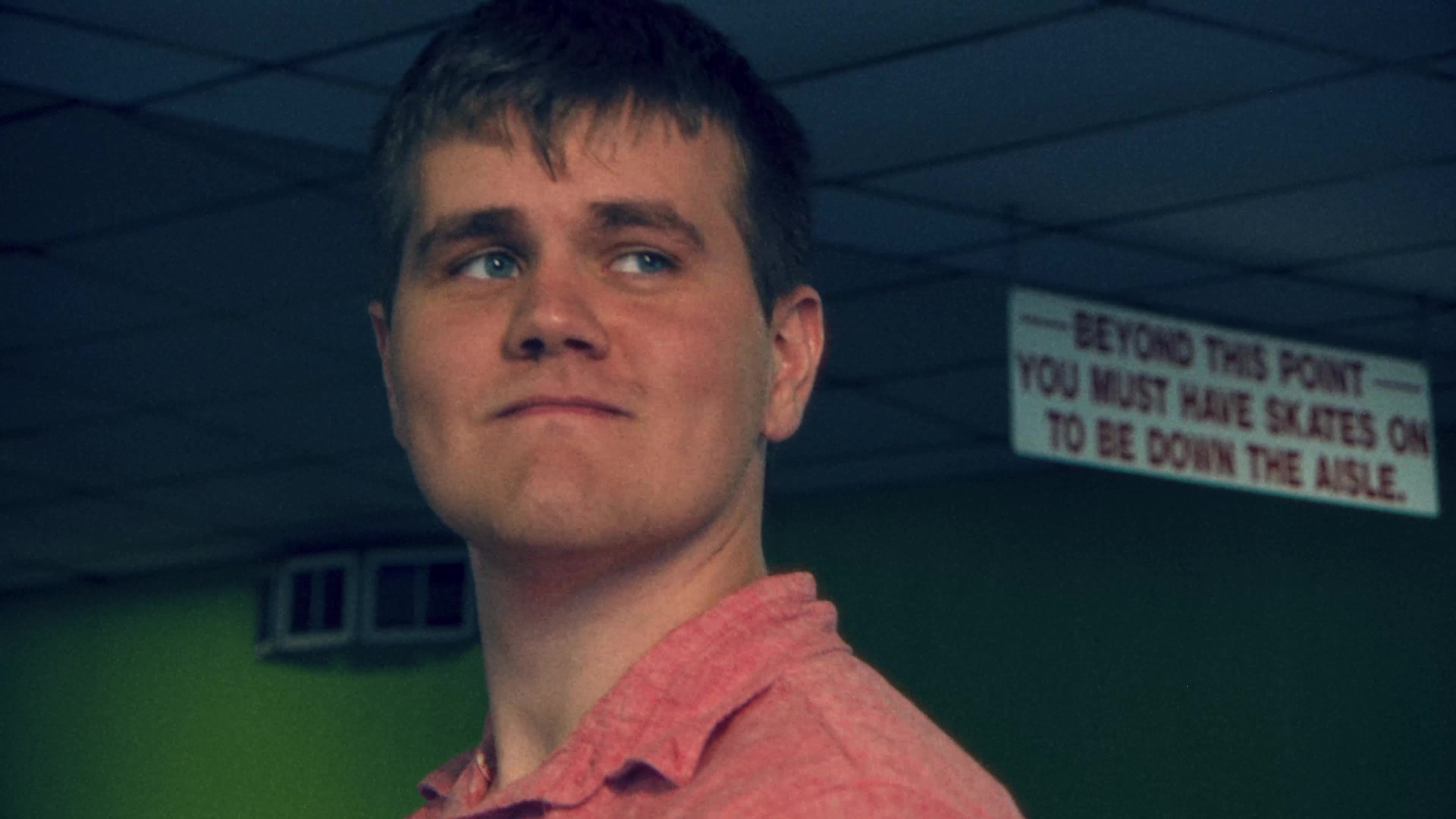
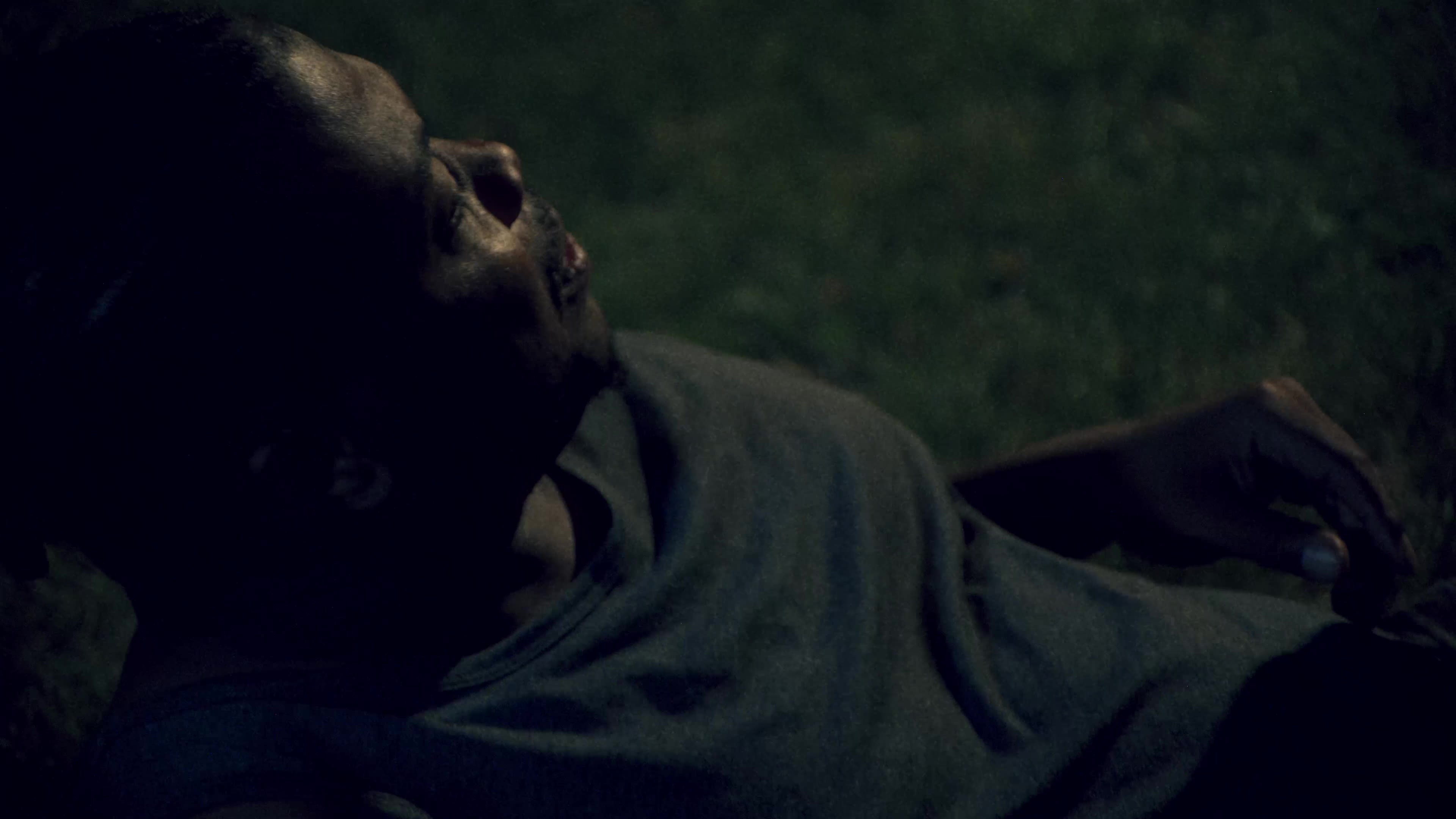
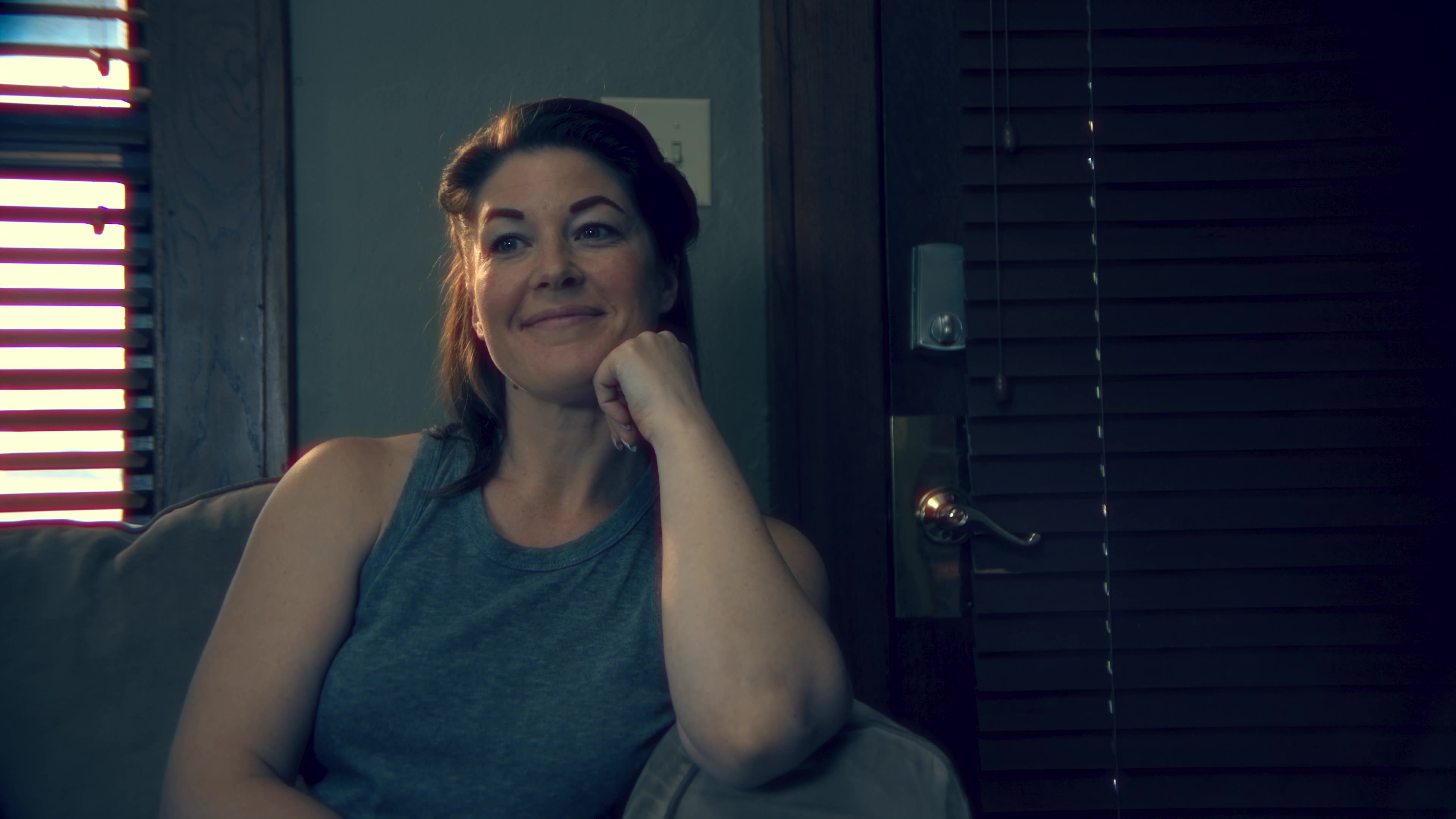
Aisha Marshall- Black girl- Aisha is a 16-year-old high school student who works at the roller rink.
Joe Parker-White Cop- Joe is a self-righteous policeman who respects God and country. His personality is based on those ideas.
Metaphors
- The evolution of choice to remove Black people from white lives: We show the dubious reasons characters support the 1994 Crime Bill.
- The evolution of choice to ignore Black people but still regard them as evil manifests as the characters' choices to never look Black people in the eyes but to only look at their backs or hands.
- The effects of aging degradation for the Black characters only.
In the brief moments we see Black people, we see them in states where their cognitive health is in clear decline while White characters remain stable.
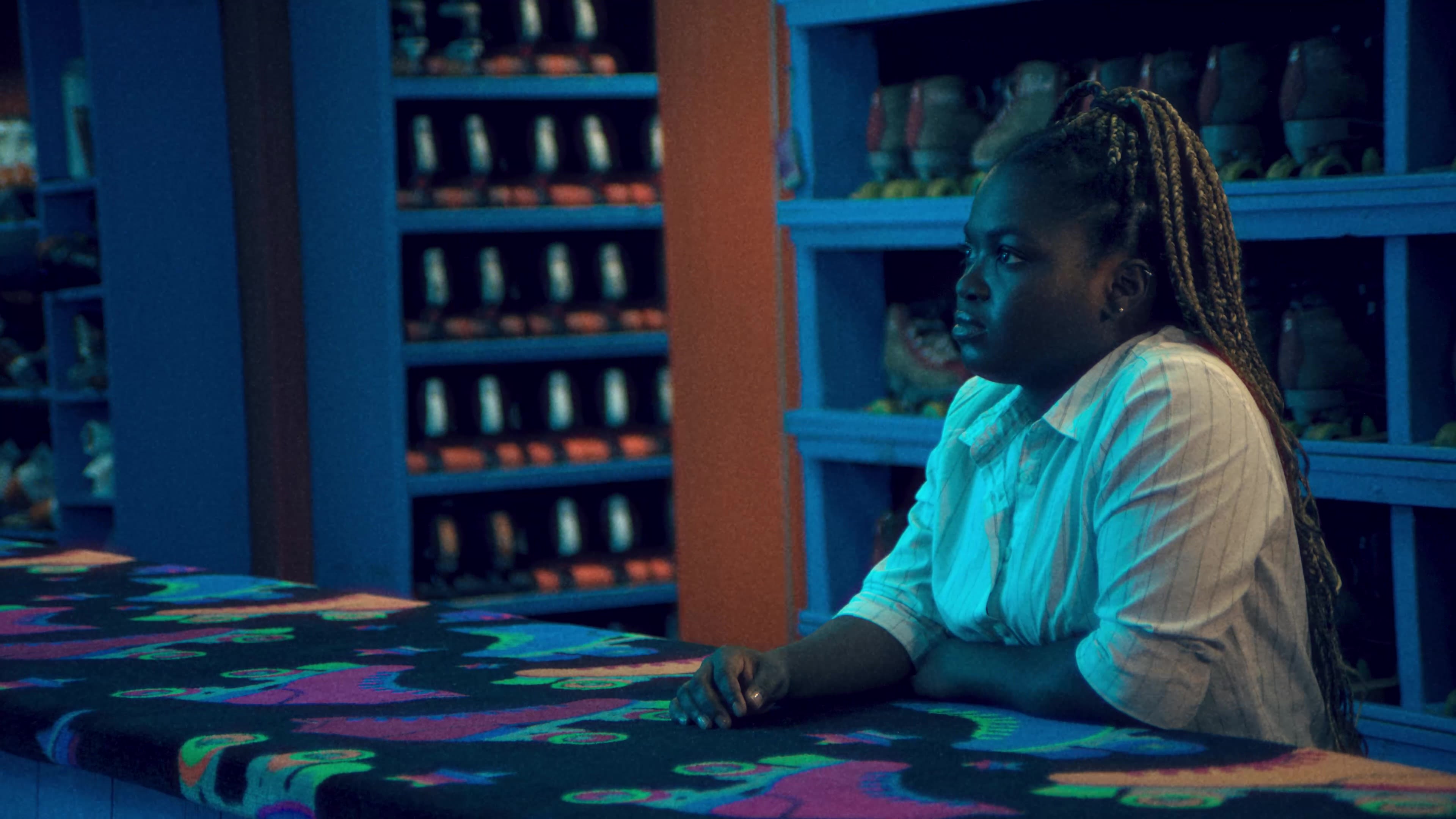
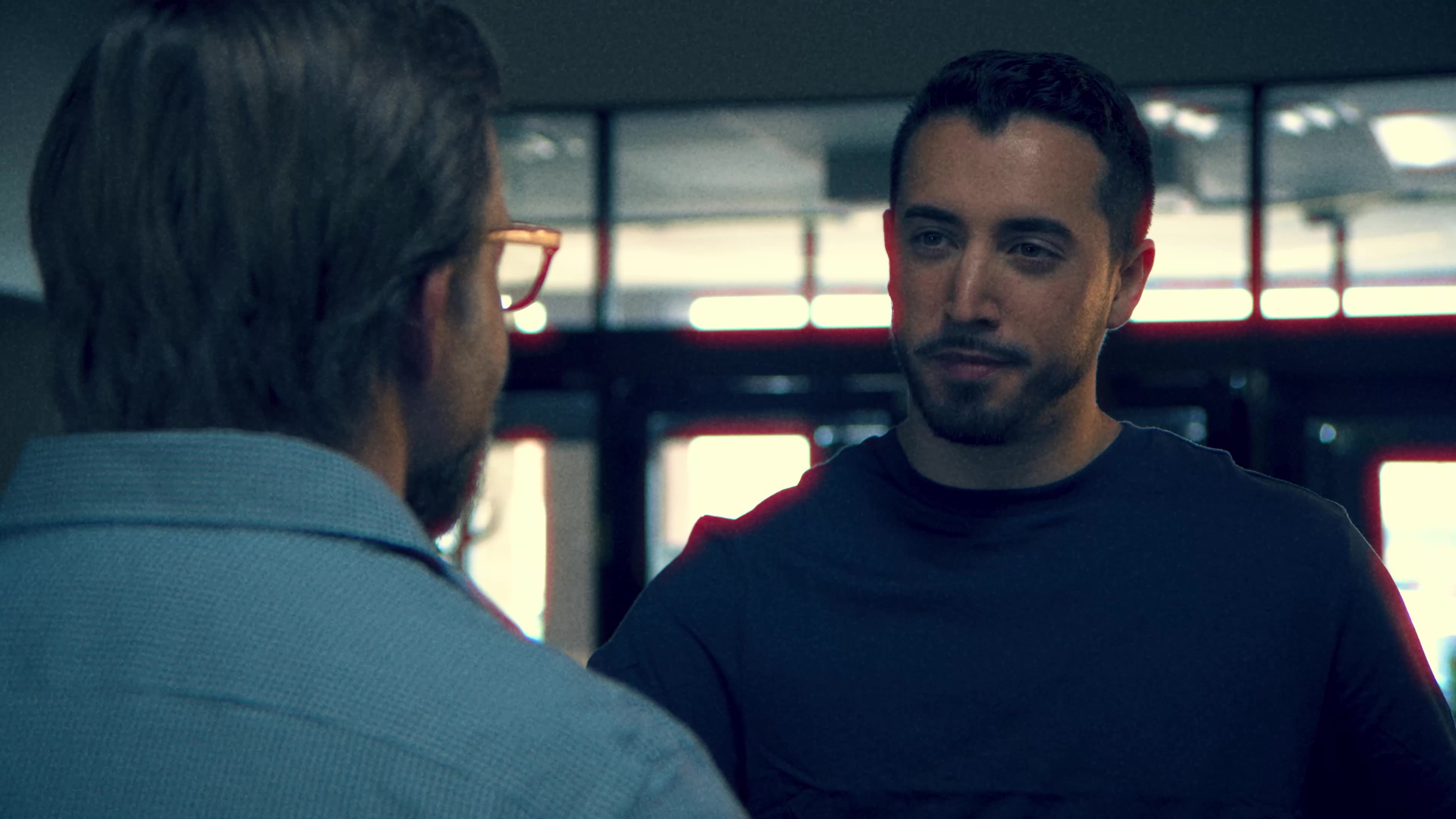
Production Day One
We prioritize curating a safe space on our set because we know, no matter what we create, we are managing emotion first.


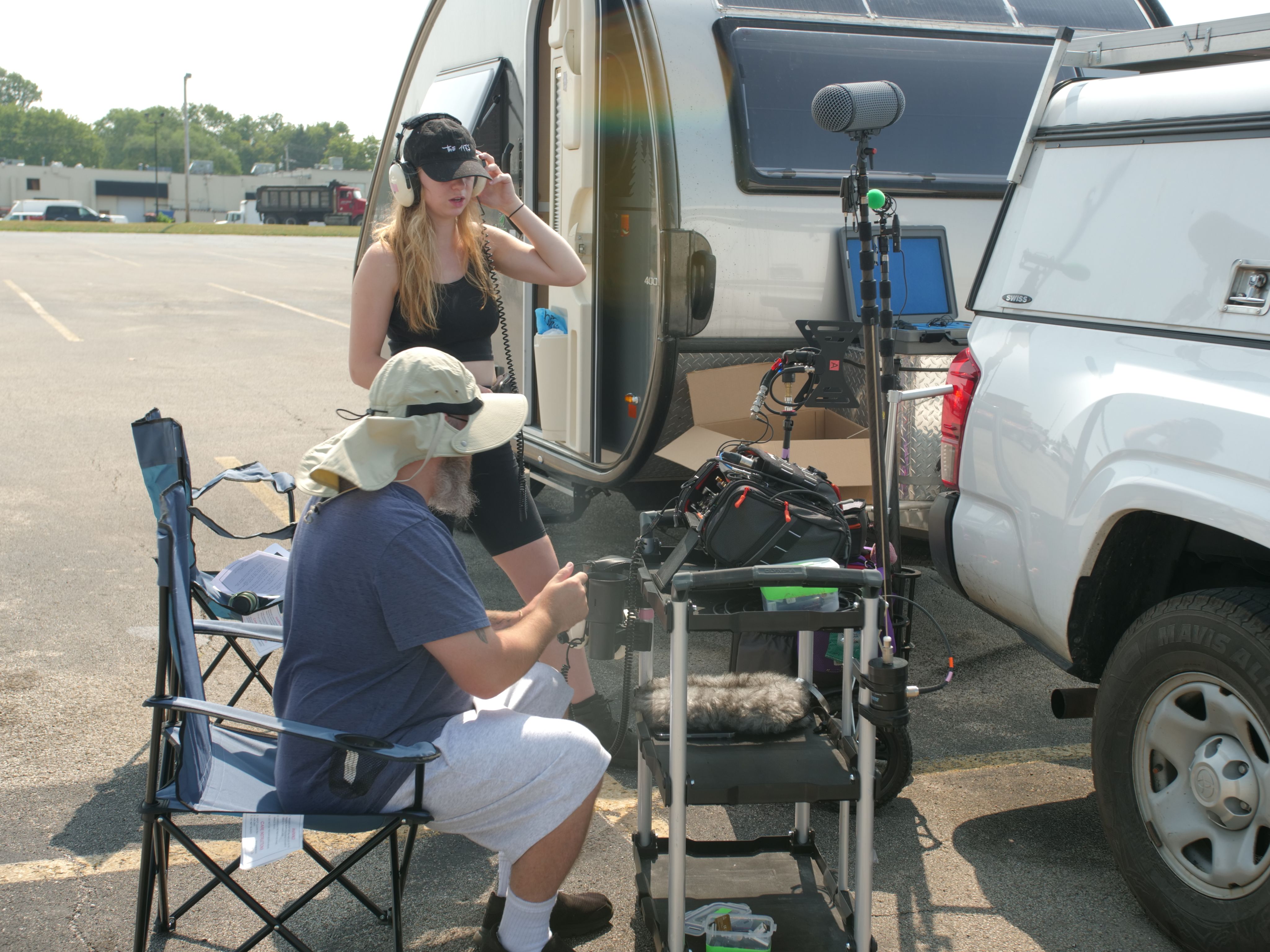
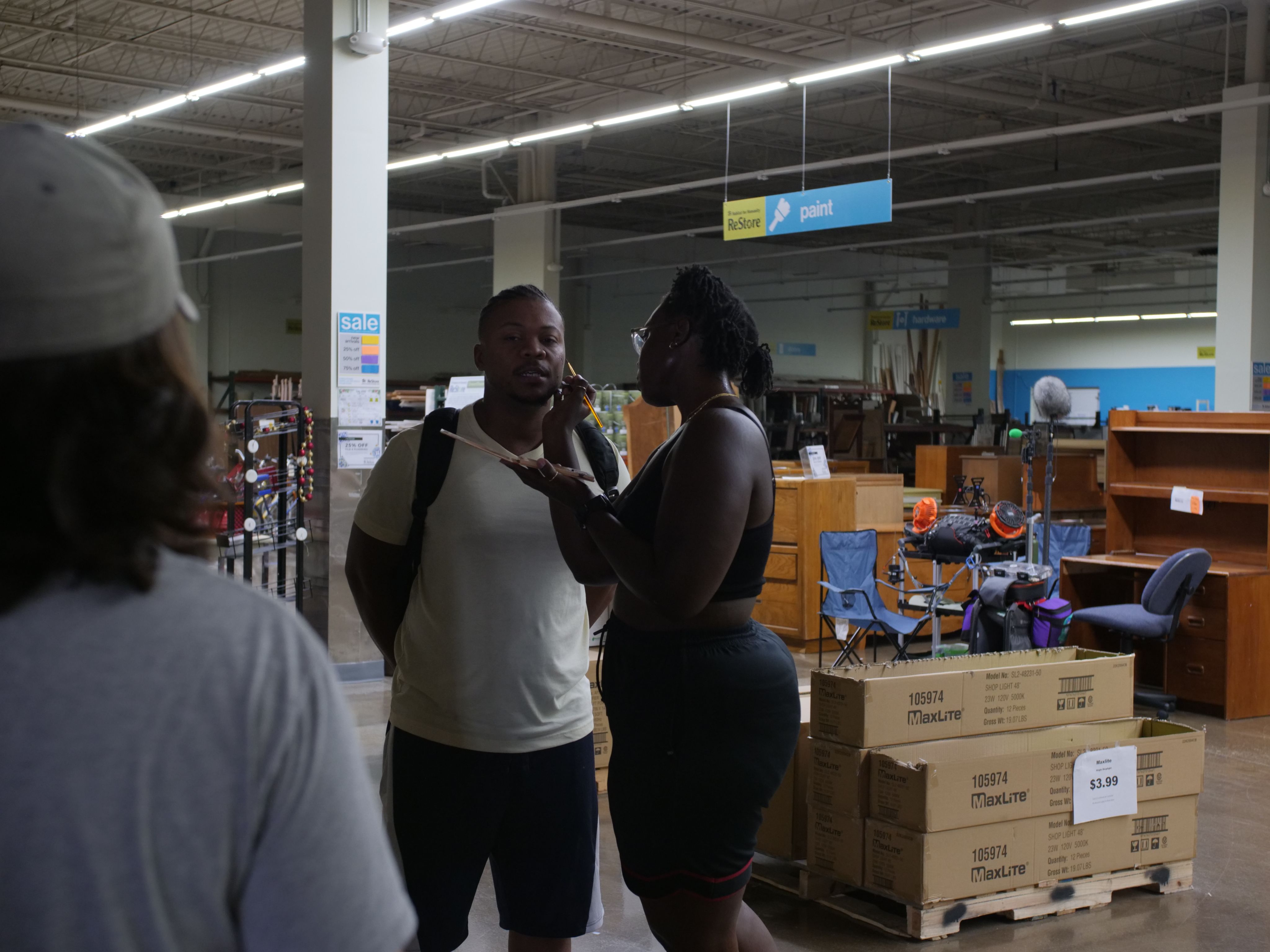
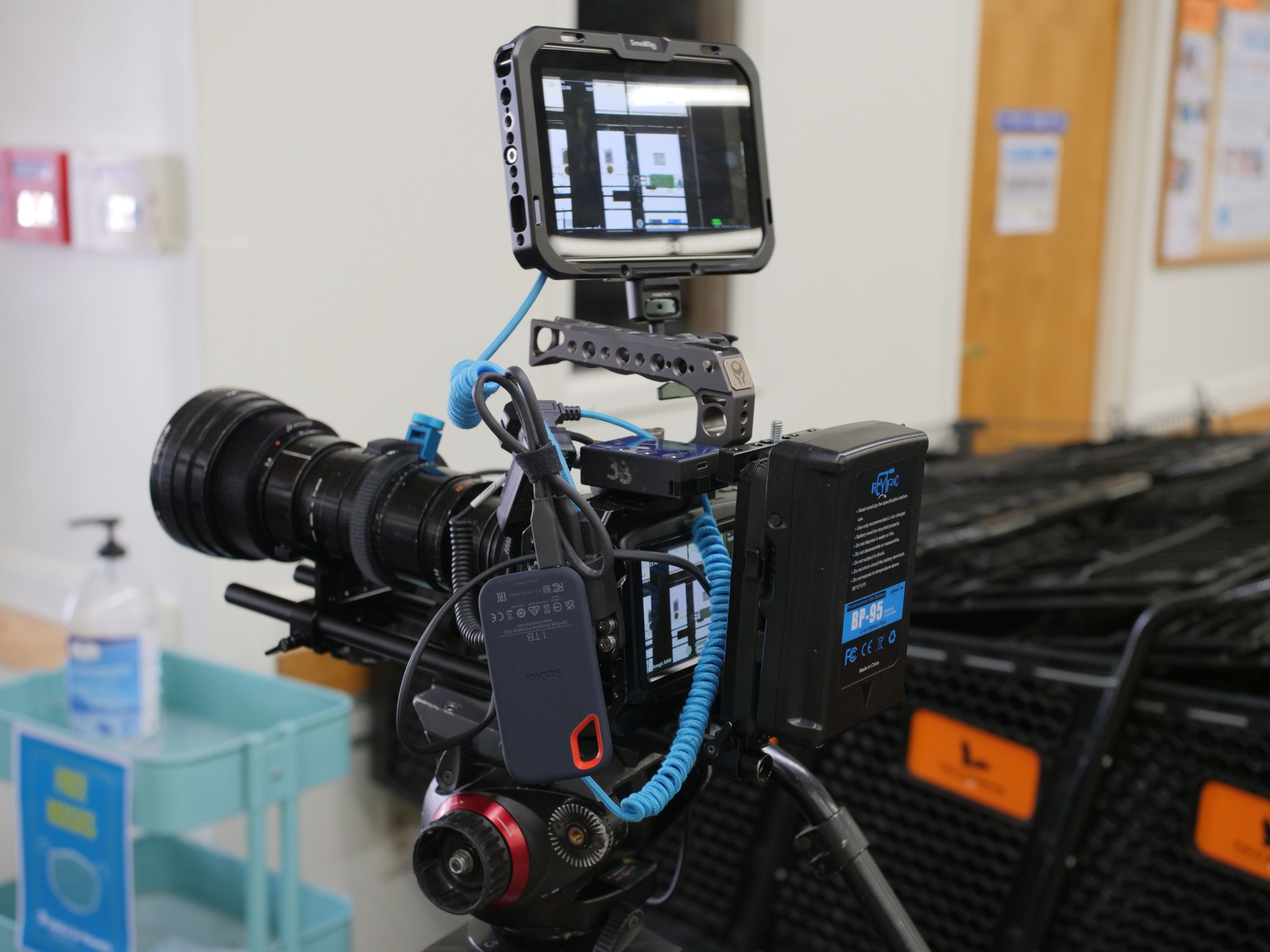
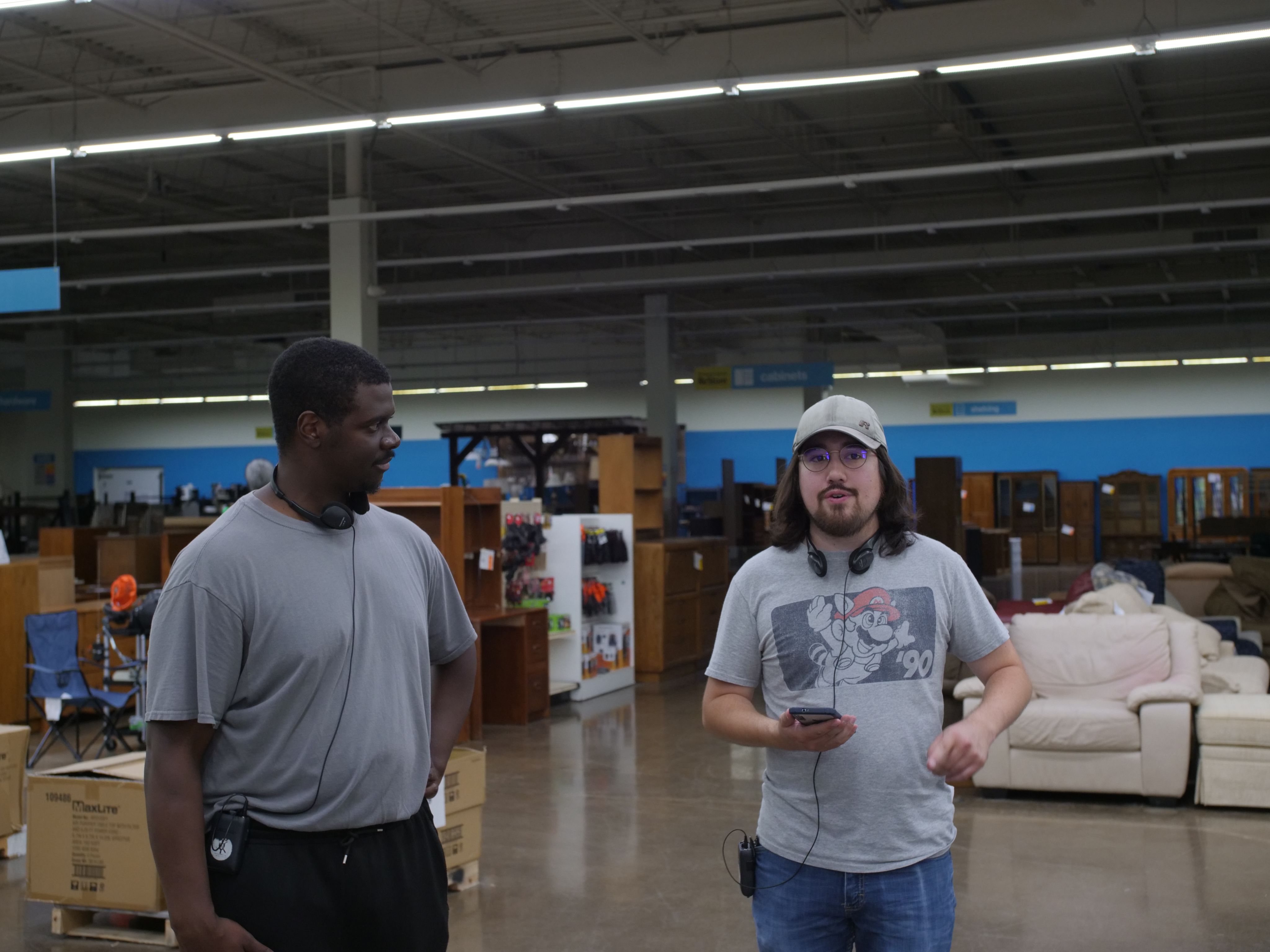





Post-Production
Raw Image
Final Image
This footage was shot on a Black Magic Pocket Cinema Camera 6k and shot in 6k raw.
The film was edited in Adobe Premiere Pro.
For the color grading, we started with a basic LUT, adjusted the temperature of the image and then proceeded to create three overlays.
Raw Image
Final Image
Raw Image
Final Image
And now,
We have a movie.
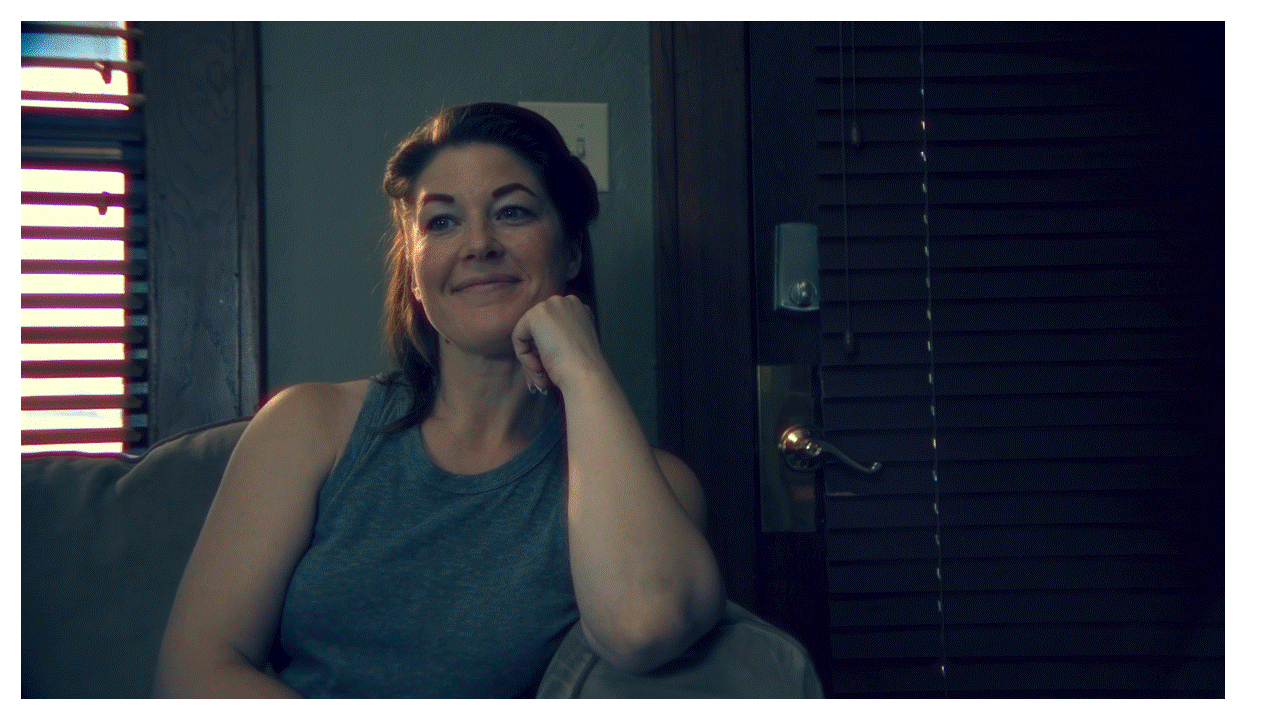
We had an absolute blast creating this project.
We look forward to entering distribution. Before that, we look forward to showing this important piece at conferences and film festivals nationally and internationally.
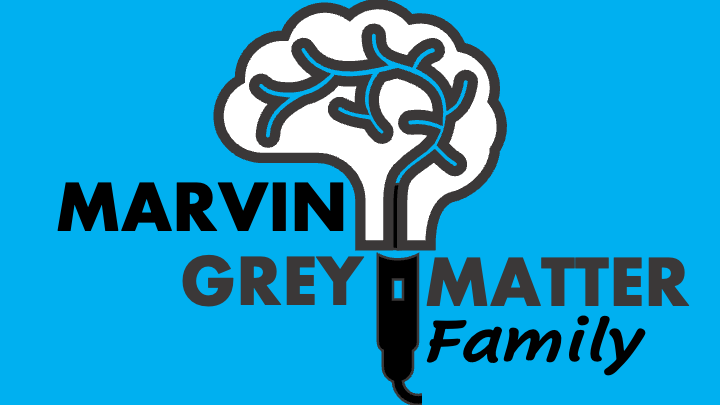
Thank you for going on this journey with us.
In the upcoming months, we will be shooting the prequel to this short film. Stay tuned and follow us on socials to watch more of the journey.
Interesting Links on Science and Storytelling:
Science of Storytelling by Will Storr
Why Your Brain Loves Good Storytelling



